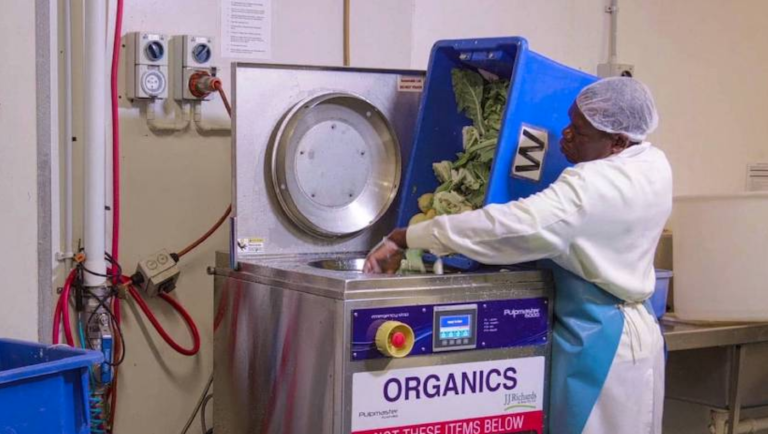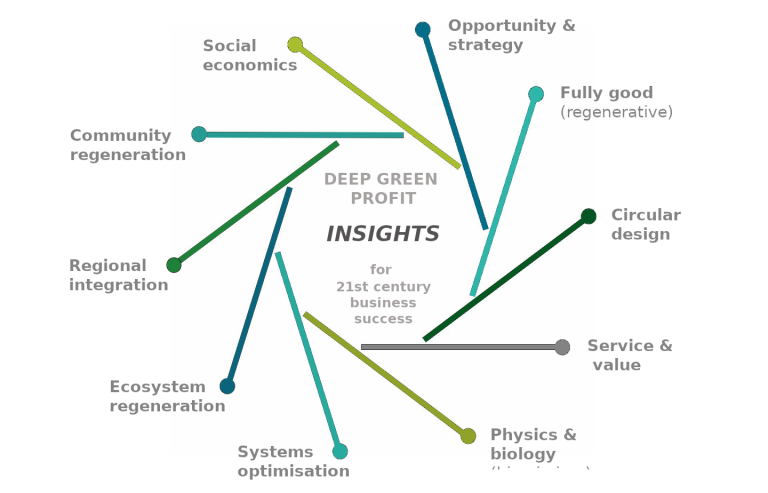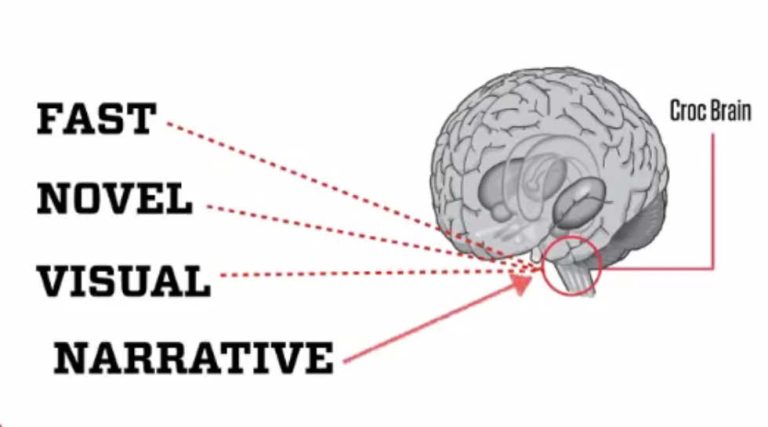Small robot, big environmental savings
This recent article from one of my favourite sources is a great Regenerative Business case study – in a part of the supply chain most people never see.
These underwater robots make cargo ship hulls so smooth that it reduces emissions
The robots scrub the cargo ship hulls clean when they’re docked at a port, delivering multiple benefits to the ship operators and to the environment. The tech has been tested globally and is coming to market now.
Why is this important? Because if shipping was a country, it would be the 6th largest global emitter.
But for followers of regenerative development there’s more…

There are multiple benefits that this story illustrates
Yes, a cleaner hull reduces friction and reduces fuel usage and emissions… AND there’s more:
- reduced fuel usage reduces operational costs
- better fuel efficiency make hydrogen fuel feasible
- business costs are further reduced because the ship doesn’t have to be dry-docked to have its hull cleaned
- there’s an environmental side benefit – a clean hull the spread of invasive aquatic species from port to port
- the bunker fuel used for shipping creates toxic particulates – so less fuel used contributes to increased human health
Follow up the associated article and there’s a deeper story on innovation:
- the company has been investing in sustainable solutions since 2007 – to the tune of $1 billion
- their investment wasn’t just in “tech” – it included 50 engineers to find, develop and commission the technology
- their goals isn’t “less worse” – it’s zero emissions
Win, win, win is real, repeatable and scalable
When regenerative business pioneer Ray Anderson started global corporation Interface on their journey to “climb Mount Sustainability” back in 1995, what he embraced was:
“decision making in the round”
He told his team to go and find win/win/win solutions at the systems level – looking beyond a cost-benefit analysis limited to a single process to see the bigger picture.
They found everything from unused machine capacity to new product families and new business models. They could pipe in methane from landfill gas to power a factory, the “cost” of solar power could be offset by the market opportunity of a certified “totally renewable” product range.
The challenge is to get beyond what “everybody knows”:
- when someone tells you that “industry isn’t acting” that’s a flawed generalisation – big players have been acting for decades
- when someone tells you “it’s all about government action” that’s another flawed generalisation – economic innovation comes from business
- when someone in business tells you “it’s too expensive” then they’re probably thinking reactively, not strategically
So you’re not a massive corporation
This story also illustrates the importance of enablers at all levels – small savings that enable big innovations.
So as you go through your day keep an extra eye open. Explore for small, powerful ways you could help upgrade the 1-way extractive supply chains we’ve inherited.
If you still can’t see them, then use the BOOK A FREE CALL button below…





